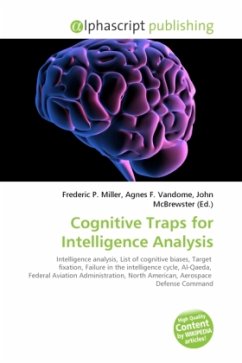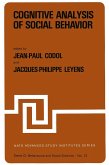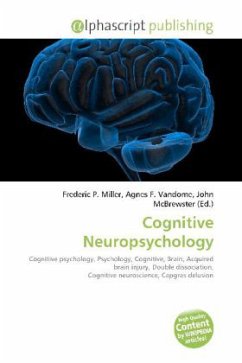Intelligence analysis is plagued by many of the cognitive traps also encountered in other disciplines. The first systematic consideration of the specific traps lying between an intelligence analyst and clear thinking was carried out by Dick Heuer. According to Heuer, these traps may be rooted either in the analyst's organizational culture or the analyst's own personality. The most common personality trap, known as mirror-imaging, is the analysts' assumption that the people being studied think like the analysts themselves. Experienced analysts may recognize that they have fallen prey to mirror-imaging if they discover that they are unwilling to examine variants of what they consider most reasonable in light of their personal frame of reference. Less perceptive analysts affected by this trap may regard legitimate objections as a personal attack, rather than looking beyond ego to the merits of the question. Peer review, especially by people from a different background, can be a wisesafeguard. Organizational culture can also create traps which render individual analysts unwilling to challenge acknowledged experts in the group.
Bitte wählen Sie Ihr Anliegen aus.
Rechnungen
Retourenschein anfordern
Bestellstatus
Storno








